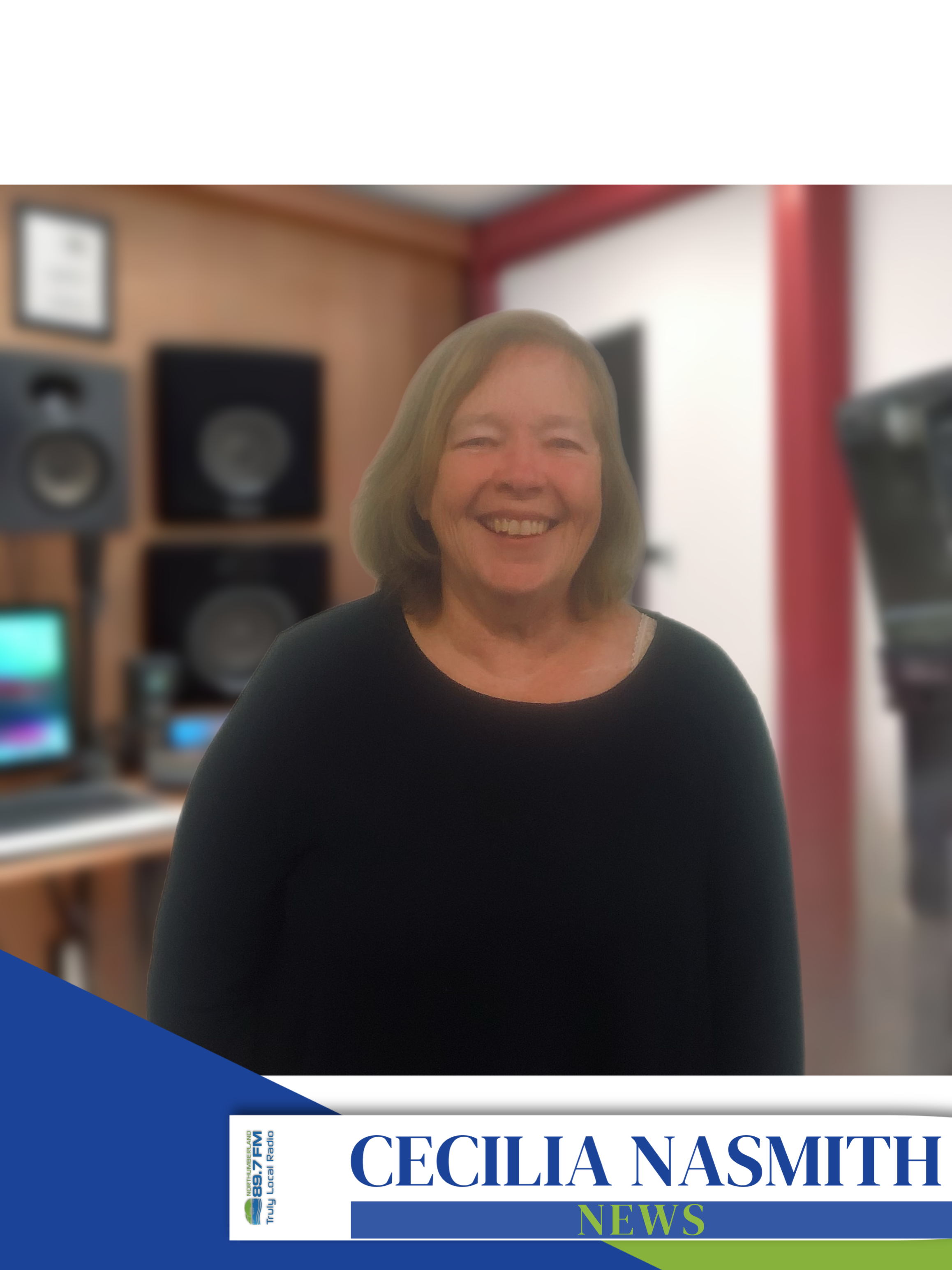New paramedic dispatch system will roll out in March
05-11-24 10:46 a.m.
COBOURG
Northumberland will join the list of Ontario communities using the new Medical Priority Dispatch System in March, which relies on a combination of a scientific algorithm and a more detailed protocol of questioning 911 callers about the nature of their emergencies.
The new Medical Priority Dispatch System comes to Northumberland County in March, promising a more effective use of paramedic resources for better outcomes.
Dr. Michael Feldman, Sunnybrook Regional Base Hospital Director and Central Ambulance Communications Centre Medical Director on the new Medical Priority Dispatch System, attended Northumberland County council's Community Health committee November meeting on Tuesday morning to explain how it will work.
The transition will be made March 26, when the Lindsay Ambulance Communications Centre makes the switch that affects Northumberland County along with Kawartha, Haliburton and Peterborough. At that point, Kingston will have made the switch the previous month.
The new system depends on a scientific algorithm combined with more detailed and strategic key questioning of 911 callers to make an accurate determination of priority response.
There will be five call priorities:
Purple denotes an emergent and immediately life-threatening condition that is time-critical
Red is for emergent and potentially life-threatening conditions that are time-sensitive
Orange indicates urgent and potentially serious situations, where immediate threat to life is very unlikely though time may be a factor
Yellow is for non-urgent and not-serious circumstances where immediate threat to life is very unlikely, so it's not a time-sensitive situation
Green is not urgent and not serious, where an immediate threat to life is very unlikely – such a call may be deferred without detriment to patient outcome
Northumberland Paramedics Chief Susan Brown noted that education will be an important part of the roll-out, since green calls may have a wait that could potentially be several hours.
“We are not use to waiting for our paramedics,” Brown said.
Dr. Feldman – who worked for 12 years as a paramedic and for six as an ambulance dispatcher – says the core conundrum is that “you can't actually see or assess the patient from a 911 call, and you have to have some way of prioritizing the calls.
“Unfortunately, under our current system, 80 to 85% of calls are prioritized as light-and-sirens emergencies out of an abundance of caution.”
This means that a 12-year-old who was punched and suffered a nosebleed gets a Code 4 lights-and-sirens response, as would a 70-year-old man with cardiac arrest and a reasonable chance of survival. If the ambulance has already been dispatched for the kid, the senior has to wait – and brain death can occur within 20 minutes of cardiac arrest.
Effectiveness depends on the accuracy of assessing the call, of course. There will always be “panicked or unsophisticated callers” who provide inaccurate information. But overall, the increased degree of accuracy gleaned from the calls will have benefits, like a reduction in end-of-shift overtime and a more immediate and effective response on the other end of the call – at the hospital.
MPDS is not a cost-cutting measure, Dr. Feldman said. It's a means of using what resources there are more wisely and more effectively. The province is rolling it out across Ontario, though some communities have had it for years.
Speaking of the Ministry of Health, he added that he sees “an unprecedented willingness to accept input, to revise policy, to adapt to local, regional and provincial concerns” in this instance.
Looking at the bottom end of the scale, committee chair Olena Hankivsky asked if there is the ability to refer the lowest-priority green calls out of the paramedics' supervision.
At the very lowest end of the scale is code blue, Dr. Feldman replied, offering this kind of response. But it is only made available in areas where there is enough MPDS experience to demonstrate a thorough grasp of the new system. In Toronto, for example, a call can occasionally be diverted to a Telehealth nurse.
An extensive debate ensued over the potential under the MPDS to have municipal fire departments prepared to accept more health-related calls. Brown said that a meeting was set up with Northumberland fire chiefs on this matter, but the chiefs asked that it be delayed until the end of the month.


